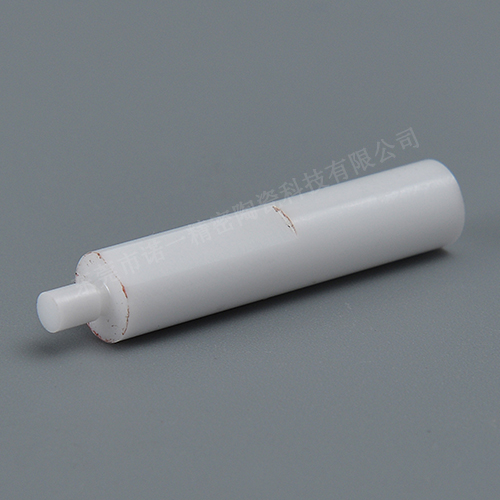联系我们
contact us地址:东莞市高埗镇高埗村创兴路廉商智造产业园G栋三楼三至五区
电话:0769-28825488
手机:13826964454(张先生)
联系我们
contact us地址:东莞市高埗镇高埗村创兴路廉商智造产业园G栋三楼三至五区
电话:0769-28825488
手机:13826964454(张先生)
Contact us

Add:3rd to 5th Floor, Building 3, G Building, Lianshang Zhizao Industrial Park, Chuangxing Road, Gaochun Village, Gaochun Town, Dongguan City
Tel:+86 0769-28825488
Mobile:
+86 13826964454(Mr.Zhang)
E-mail:eric@nuoyict.com
The forming method of wear-resistant ceramics, along with the progress of ceramic technology in China, the increasing demand for new ceramics products in the market forces ceramics enterprises to constantly develop new products, and have to consider the problems and effects of product changes on the production process.Wear-resistant ceramics are mostly used in high-tech industries, but the traditional ceramic processing methods are relatively backward. To solve these problems,here we propose a processing method of wear-resistant ceramics. Below Dongguan Nuoyi Precision Ceramics for us to introduce several methods of forming wear-resistant ceramics:

1.Dry pressing
Dry pressing process is limited to the production of simple shape and inner wall thickness of more than 1 mm, length to diameter ratio is not more than 4:1. The forming method can be uniaxial or bidirectional. Press has two types: hydraulic and mechanical. It can be semi-automatic or fully automatic. The maximum pressure of the press is 200 Mpa. The output can reach 15-50 pieces per minute. Because the stroke pressure of hydraulic press is uniform, the height of pressing parts is different when powder filling is different. The pressure of mechanical press varies with the amount of powder filling, which may lead to the difference of sintering scale and affect the quality of products. Therefore, the uniform distribution of powder particles during dry pressing is very important for die filling. The accuracy of filling quantity has a great influence on the scale accuracy control of alumina ceramic parts. The maximum free flow of powder particles is obtained between 60 and 200 meshes, and the best pressure forming effect is obtained.
2. Grouting method
Grouting is the earliest method of forming alumina wear-resistant ceramics. Because of the gypsum mould, low cost and easy to shape large-scale, complex parts. The key of grouting is the preparation of alumina slurry. Usually water is used as the medium, then participates in the gelling agent and binder, exhaust after full grinding, and then pour into the gypsum mould. Because the capillary of gypsum mould adsorbs water, the slurry solidifies gradually in the mould. When hollow grouting, the remaining slurry should be poured out when the wall adsorbent slurry reaches the required thickness. High concentration slurry should be used as far as possible in order to reduce the volume reduction of green body. Addition of organic additives is also needed to form a double layer on the surface of slurry particles so that slurry can be suspended stably without precipitation. In addition, some binders such as vinyl alcohol, methyl cellulose, alginate amine and dispersants such as polyacrylamide and gum arabic should be added to make the slurry suitable for grouting operation.
The above methods of forming wear-resisting ceramics are introduced here. There are many methods of forming wear-resisting ceramics. In production, the forming methods should be selected according to the shape of the products, and different forming methods need different binders.